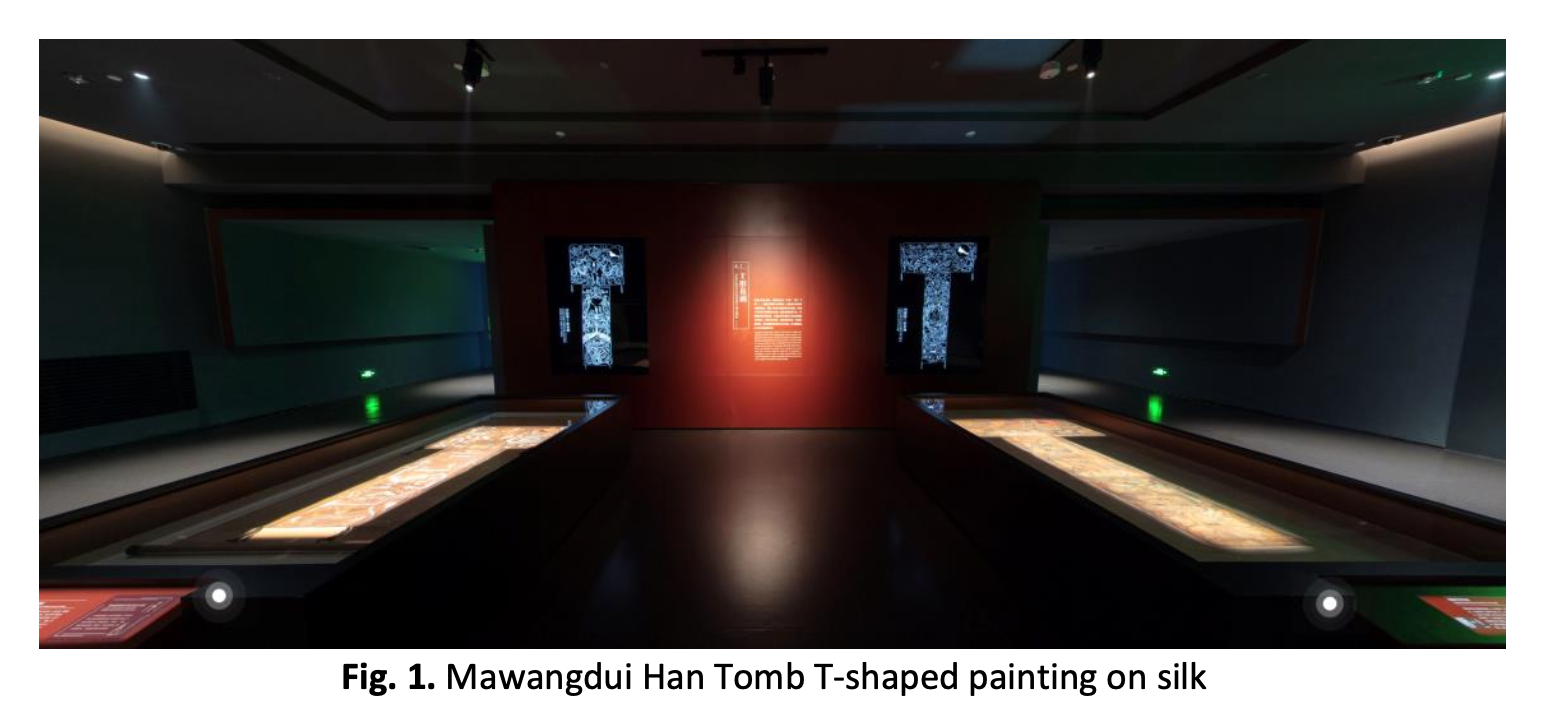The Energy Field of Museum Spatial Narrative: A Case Study of Hunan Provincial Museum in China
DOI:
https://doi.org/10.37934/araset.33.1.517528Keywords:
Spatial narrative, Field, Museum, Exhibits, Exhibition spacesAbstract
Museum space narrative continues to develop today. The exhibition is not only a means of display but also a means of narrative. Paying attention to the narrative means we must pay attention to the energy "field" of the spatial narrative. In the spatial field, an object with some internal force exerts a force on the object it is not touching, and the latter responds to that force, and the two interact and form an energy field. This also means the spatial narrative design must establish a more diverse relationship between exhibits. Exhibits must be appropriately combined according to the narrative logic, and the relationship between exhibits and space, exhibits, and audience must also become more dynamic, flexible, and dramatic. Currently, there is little research on the energy "field" in the narrative design of museum spaces. In the past, the monotonous experience of a museum has been that each space is neat and uniform, which can easily lead to aesthetic fatigue. The relatively simple narrative form of the museum leads to the problem of low audience experience and participation. It cannot meet modern people's museum experience and spiritual pursuit needs. Therefore, this study aims to clarify the representation of its energy field by using the theory of spatial narrative, and especially to explore how the concept of "field" can be used to explore the relationship between space and the narrative of Hunan Provincial Museum. This study adopts the method of field investigation, and the exhibition of the Mawangdui Han Tomb in the Hunan Provincial Museum is the focus of the study. Documenting the components of the energy field: exhibits, exhibition Spaces, and narratives. The analysis results show that the museum is the place of spatial narrative, and the space is both the coordinator and the result of the generation of the exhibition structure, which gathers scattered energy together to build a complete energy field. Paying attention to the display of the energy field can improve the audience's experience and participation, which proves to be beneficial to the long-term development of the museum.
Downloads





























